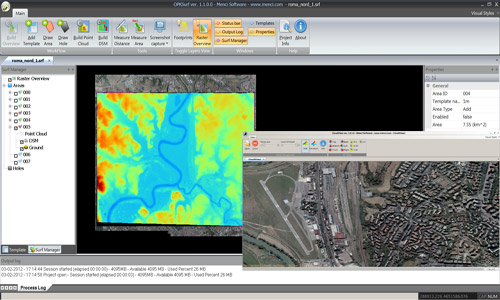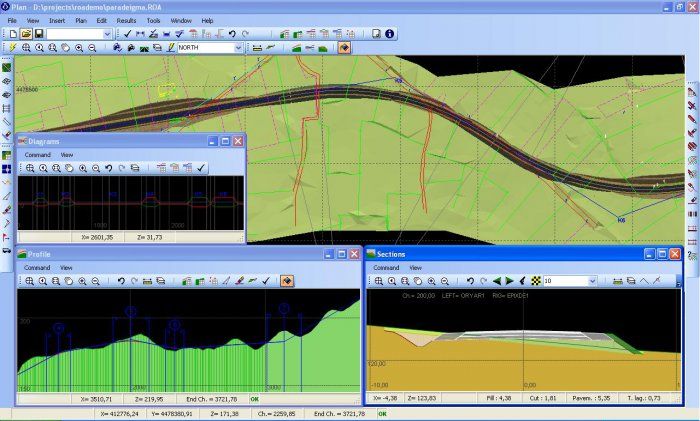

Writing an SDTS file reader is a significant pain as a result. The rest of the files are chock-full of mostly useless information. Almost half of the files have to be individually parsed in order to simply get at the elevation data. There was only one problem: it was utterly rejected by the user community as a standard because if its outstanding complication.Īn SDTS DEM is comprised of 18 separate files, arranged in a most unfriendly structure from a processing standpoint. SDTS format is an extremely versatile, self-describing structure capable of handling a wide variety of data types, produces a compact file size, and is theoretically is more machine readable than its predecessor. SDTS DEM data format was the USGS attempt at creating a new file format specification.

Only the 1:250,000 scale DEMs are still offered by the USGS in this format, available at: However, at this point the USGS has converted most of its data to different formats (see below). It is the de facto plain-vanilla standard for data transfer between different applications. More importantly, it was the original DEM format and had been around so long that many applications could (and still can) handle it. However, it is a fixed ASCII format, which makes it easier to handle from this aspect. This makes the file size several times larger than a well-constructed binary format, and makes the file more difficult to machine process.

USGS ASCII DEM format is not particularly good as a data format because it is ASCII. Close this Windowįree Digital Elevation Model (DEM) and Free Satellite Data Download Linksįree Satellite Data, Satellite Imagery, Digital Elevation Models (DEMs), Topographic Maps and free software links.ĭEM download site for SRTM, GTOPO and more. Go to for DEM and satellite image articles and free software. Go to for PANCROMA Satellite Image Processing software, data, White Papers and videos. Free Satellite Data - TERRAINMAP Satellite Image Analysis


 0 kommentar(er)
0 kommentar(er)
